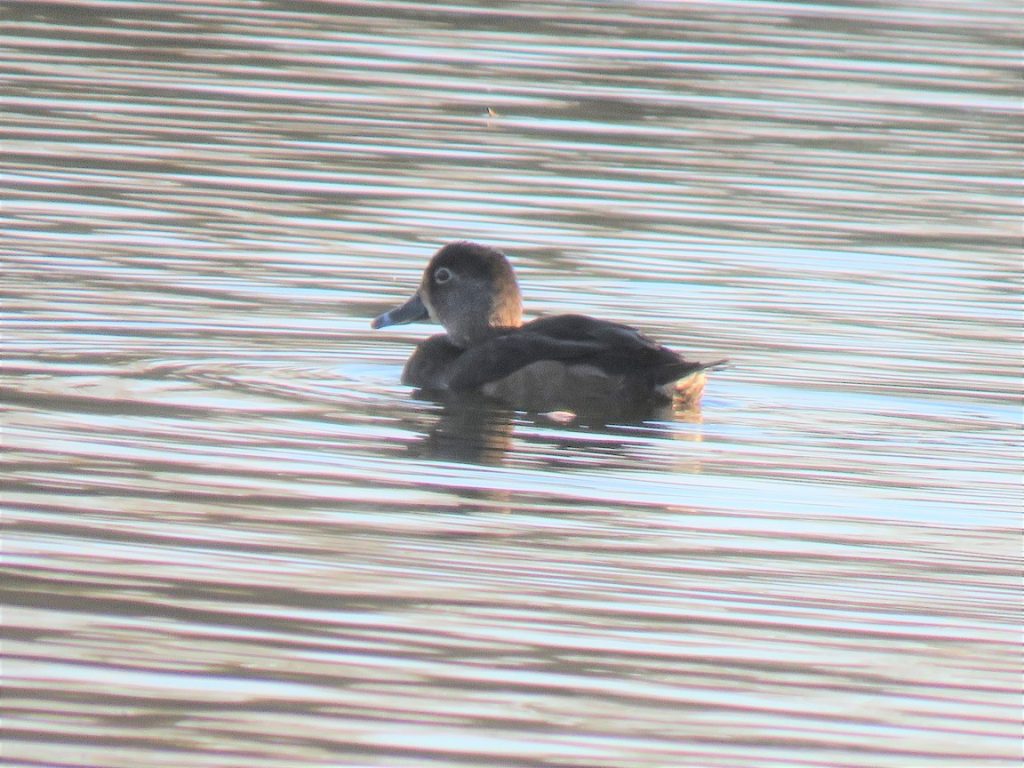Nature Note – The Ring-necked Duck

This month’s note is a bird you are unlikely to find on your local ‘duck pond’. The ring-necked duck is a small diving duck from North America, related to the tufted duck with which you might be familiar.
Increasing in number since the 70’s
Until as recently as the 1970s ring-necked duck was classified as a rare bird in the UK and Ireland, with only one or two recorded each year. For reasons not fully understood these birds are now finding their way across the Atlantic more frequently and are being found regularly by birdwatchers, who are increasingly aware of this possibility. The bird now has the status of ‘scarce migrant’ with about 25 new birds found each year. As it is easier to cross the Atlantic from west to east, birds that are presumed to have reached Europe in earlier years and that return to previous sites, are not included in the annual total.
Even given the increasing numbers, 2022 was an exceptional year for ring-necked duck sightings in Leicestershire and Rutland. Birds were found at five locations: The Eye Brook Reservoir, Rutland Water, Swithland Reservoir, Dishley Pool (Loughborough) and on a pool at Cossington Meadows. As two birds were seen simultaneously, we know that at least two, possibly five, different birds were involved.
Look to see if it stretches its neck
The name of this species is not particularly helpful when trying to make an identification. If the bird stretches its neck, in good light, at relatively close range it is possible to make out a narrow pale ring of feathers around the neck. If identification depended on seeing this feature, far fewer of these birds would be found. Two far better names for this bird would probably be north American tufted duck, or descriptively, ring-billed duck.
Identification features include the following:
- A pale white ring about one quarter of the way from the tip of the bill
- A narrow white band at the base of the bill (drake birds)
- No tuft on the head but an unusual head shape peaked to the rear
- Slightly smaller (shorter bodied) than the tufted ducks with which it often mixes
- Adult males have greyer flanks than tufted ducks with a prominent vertical white ‘spur’ between the chest and the flanks
- A pale eye ring and crescent mark on the face of immature and female birds
- A regular habit of sitting with the tail raised
- The attached photographs show the female bird that was at Dishley Pool and to test your skill, a male bird for you to find amongst a group of tufted duck and wigeon
David Scott




 Kibworth Mead Academy, charitable activity
Kibworth Mead Academy, charitable activity

